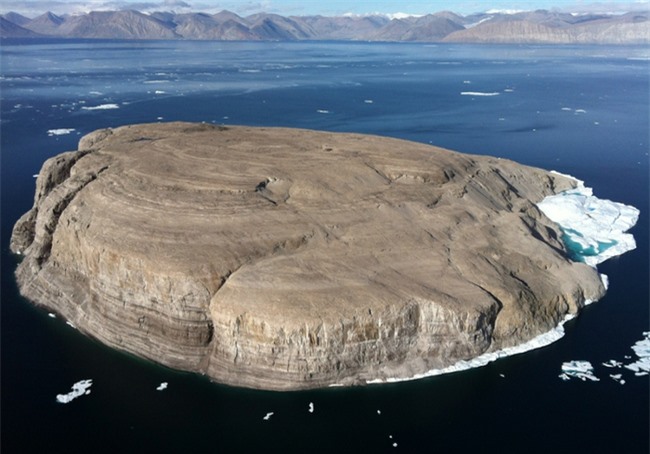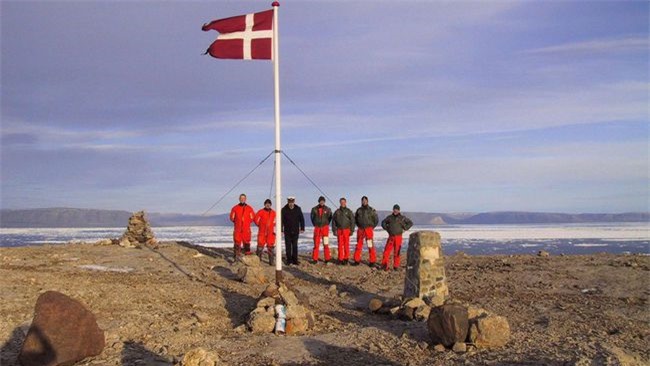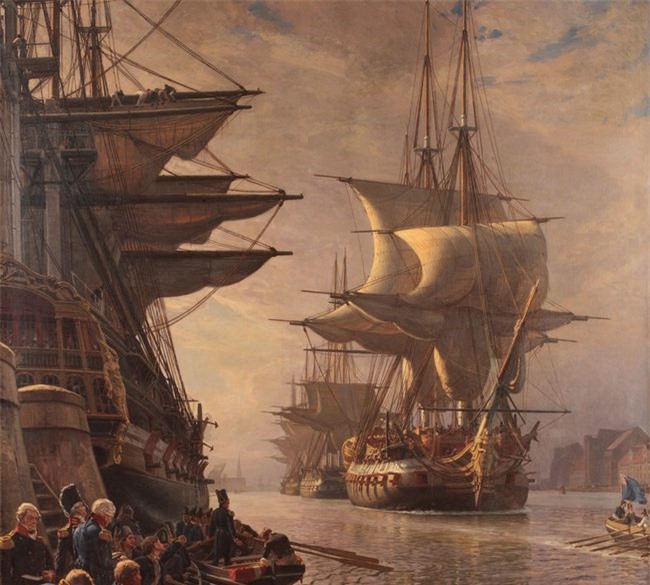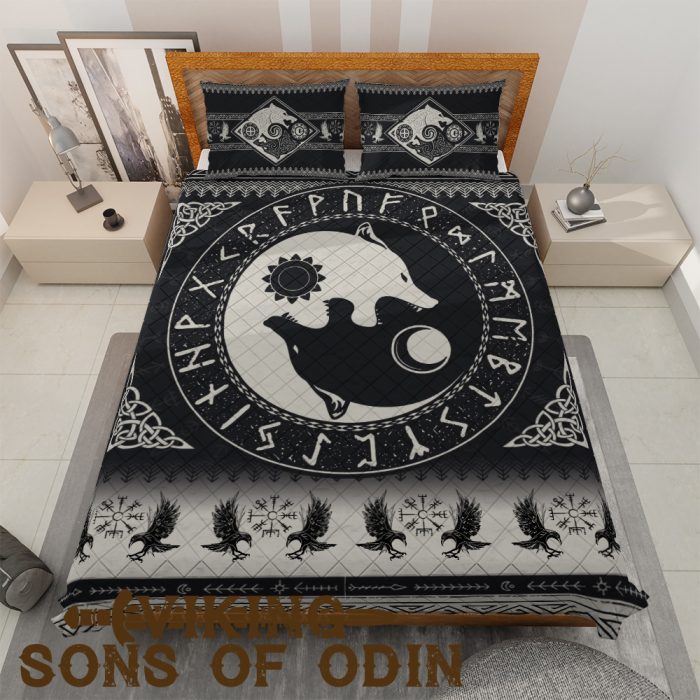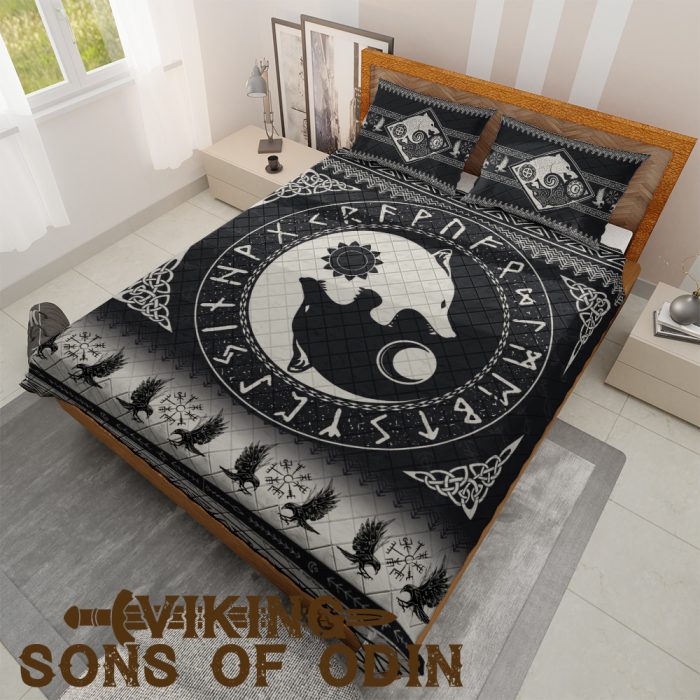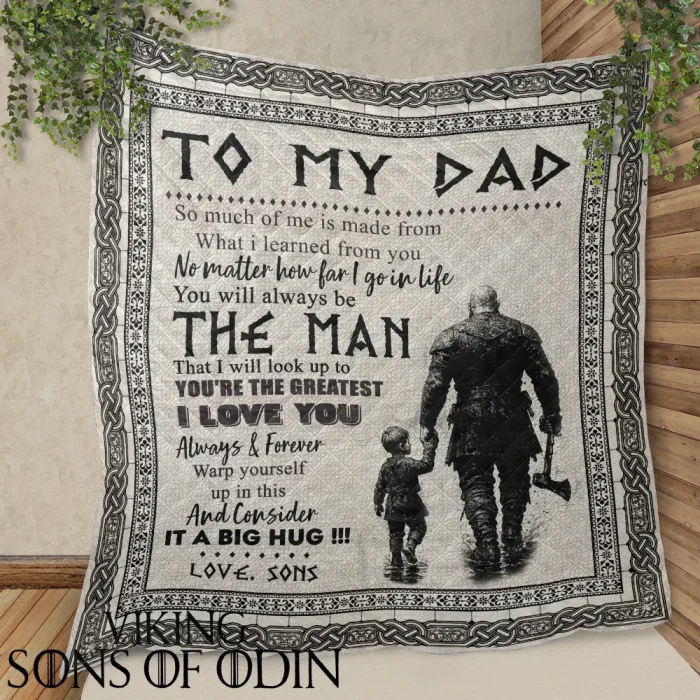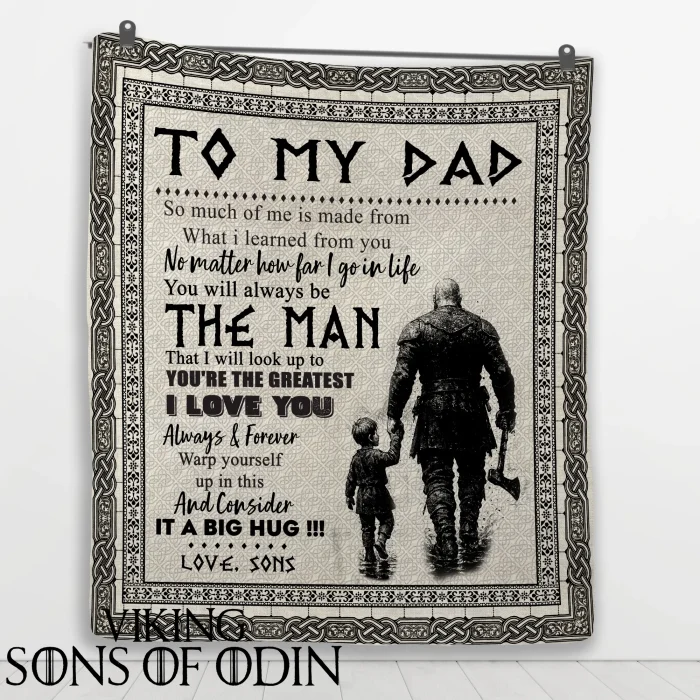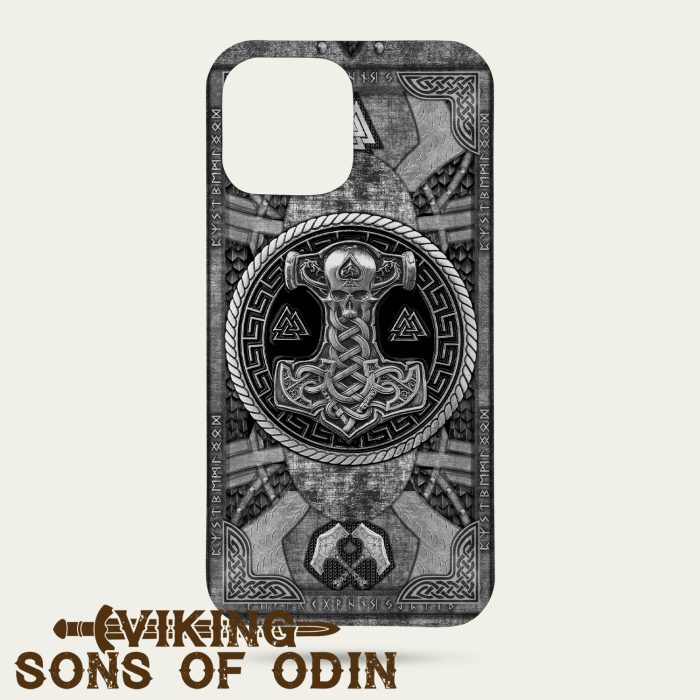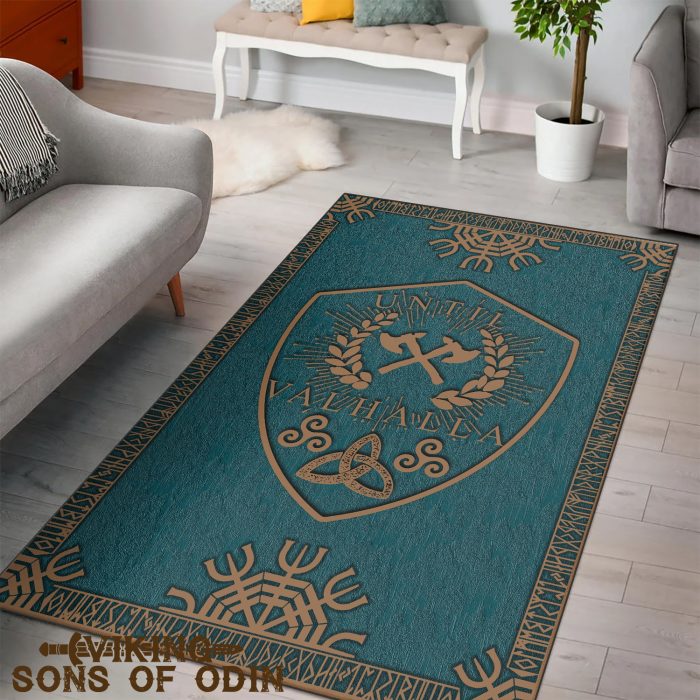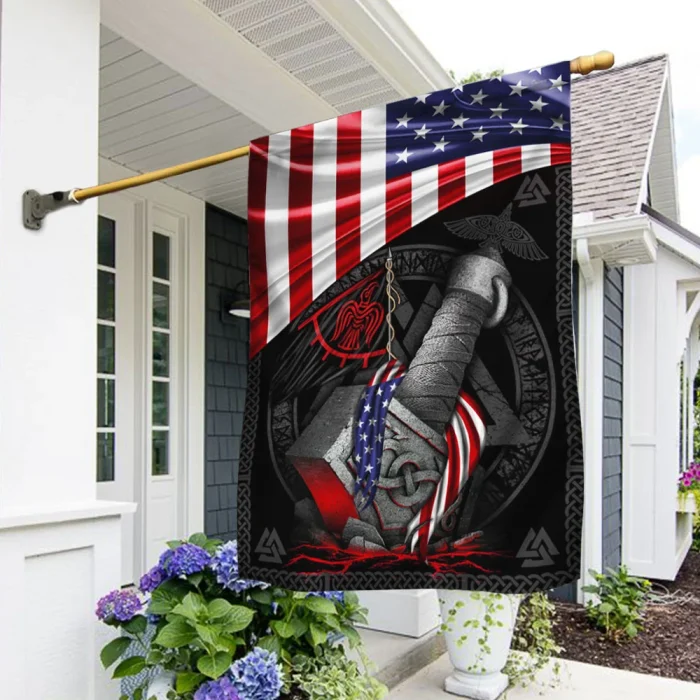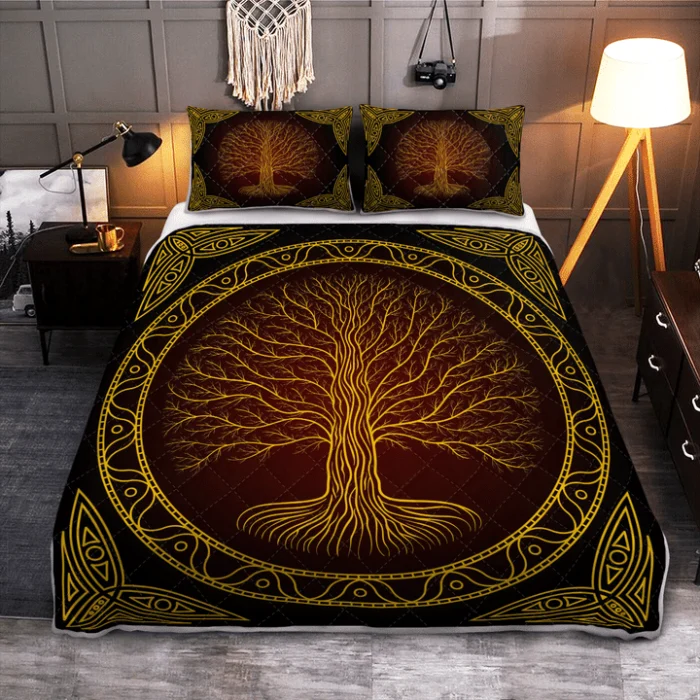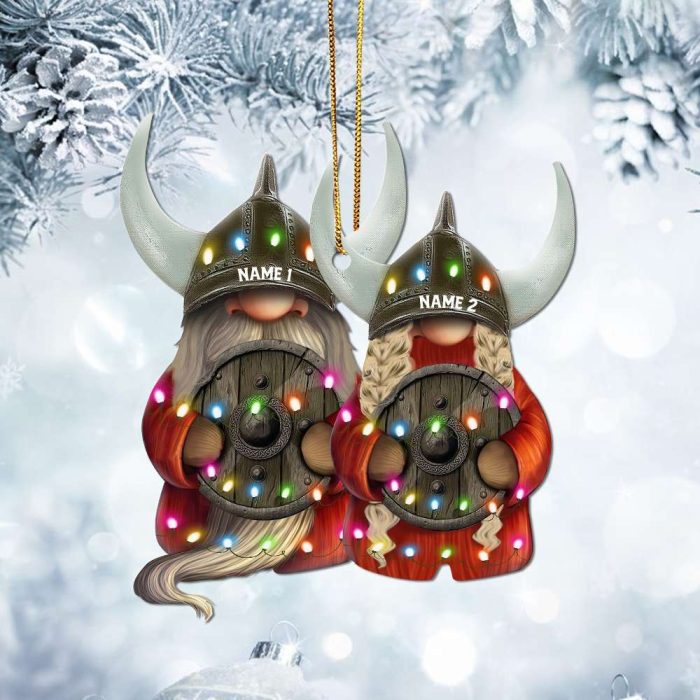Nordic Discovery
The two most special wars in history both involved a Nordic country
These two wars are on the list of the most bizarre skirmishes in history, and they both involve a Nordic country.
Referring to Denmark – a small Nordic country, people often think of Andersen fairy tales or the famous LEGO toy company. However, “the country of the lead soldiers” has many other things that are equally attractive.
Typically the historical story about the two strangest wars below. Although war is a loss, these two special wars reveal extremely unique features of the Danish people, in a positive way.
Whiskey war
AFP news agency reported that Denmark and Canada officially announced an agreement to divide Hans Island – an Arctic territory on June 14, ending a years-long dispute.
Accordingly, both sides decided to use a natural rift to divide the border, creating the first land border between a European country and a North American country.
But what is worth mentioning is the story of this decades-long dispute.
Throughout the history of human existence, land has always been the cause of many wars. Humanity can wage war over tiny territories, for economic, strategic, or all sorts of other motives.
The story between Denmark and Canada is different. Near Greenland, there is an island called Hans lying in the middle of the Arctic Ocean. The island has no trace of humans, polar bears, or any other significant enough life form.
Under international law, a country can claim territorial sea 12 nautical miles wide from the baselines. Since both Denmark (via its territory of Greenland) and Canada have Hans Island within this range, disputes arose.
The 80s of the last century were the “hottest” time of this dispute. In 1984, the Danish Minister of Greenland visited Hans Island, raised his country’s flag, left a bottle of brandy, took a photo, and left.
A few years later, the Canadians removed all signs of Denmark, erected signs, emptied a bottle of brandy and left behind a bottle of Canadian whiskey before leaving the island.
This flag-raising, drinking action continued several decades later by both sides.
As is customary, before coming to control another country’s territory, one must declare war. Both parties also follow this protocol and do not hesitate to drink each other’s alcohol to their heart’s content.
In the end, there was not a single drop of blood, but instead a great deal of brandy was spilled over this fight that could hardly have been more polite. No soldiers lost their lives, only a few bottles of good wine were “sacrifice heroically”.
The Oak Sea Battle and the 200-Year Promise
At the beginning of the 19th century, Europe was seething with Napoleon’s campaigns. France was on a winning streak like splitting bamboo, making the British unhappy at all.
In an attempt to thwart the French, Britain decided to ask Denmark to assist them. However, because of its neutral position, the Nordic country rejected this offer. Feeling threatened, the British implemented a strategy of “immediately defeating the strong” against Denmark.
British troops bombed Denmark. Faced with a precarious situation, King Frederick VI decided not to surrender. He ordered farmers and workers to cut down oak trees throughout the forests of the country to rebuild the navy. The most skilled craftsmen are tasked with creating “top of the top” ships.
Within 6 years, the Danish navy was completely restored to strength with the pride of the king. However, his smile did not last long. After hearing the news, the British decided to “play dangerous blows”.
They silently stole 75 “top of the top” warships and destroyed the rest. Furious, the King of Denmark decided to “play big” by… ordering the farmers to continue cutting down trees to build boats.
Unfortunately, this time the country’s forests have run out of oak trees. So the king asked the farmers to replant 90,000 oak trees and informed him when there would never be enough wood to build boats. In 2007, about two centuries after the event, Queen Margrethe II received an interesting announcement from the Danish Ministry of Forestry. Turns out, the old oak trees planted in the past now have enough wood to split into battleships.
Everyone was surprised, bewildered and surprised to know that the old farmers still followed orders – kept their promises, even taught their children not to forget the “enemy” of losing their ship.
Unfortunately, it was too late for any attempt by the Danish navy to retaliate. So the Danes decided to make use of the wood for furniture, build bridges and put them in the Viking museum.
Translation and editing : Viking Sons Of Odin

